City, river, boat – the Danube has become an inseparable part of Budapest’s essence. An important momentum of this is related to the launch of the capital’s waterway transport celebrating its 200th anniversary this year, but the river also played a central role in several research projects and civil initiatives. Even though Urbanum’s team does not focus solely on Budapest, they decided to launch their roundtable discussion series ‘Urbanum Podium’ with a topic focusing explicitly on Budapest.
In the latest episode of our Urbanum article series, as an opening act to the first event of Urbanum Podium, Géza Kulcsár discussed the faces of the Danube, its social values and role in transportation with Bálint Kádár, the head of the DANUrB program and Dr. Gábor Zsigmond, the Deputy Director General of the Hungarian Museum of Science, Technology and Transport.
Written by Géza Kulcsár
If we are investigating the conceptual origin of the river (its headwaters if you like), we soon find that the city and the river are very much alike, at least when it comes to their ideological character. As we have already discussed in our previous article, the city’s power lies in its boundaries, its concentration — the same as the river also gains its current by the watercourse. What is the wall for the city, for the river it is the bank. What is more, the river does not only has boundaries, it is also a boundary in itself.
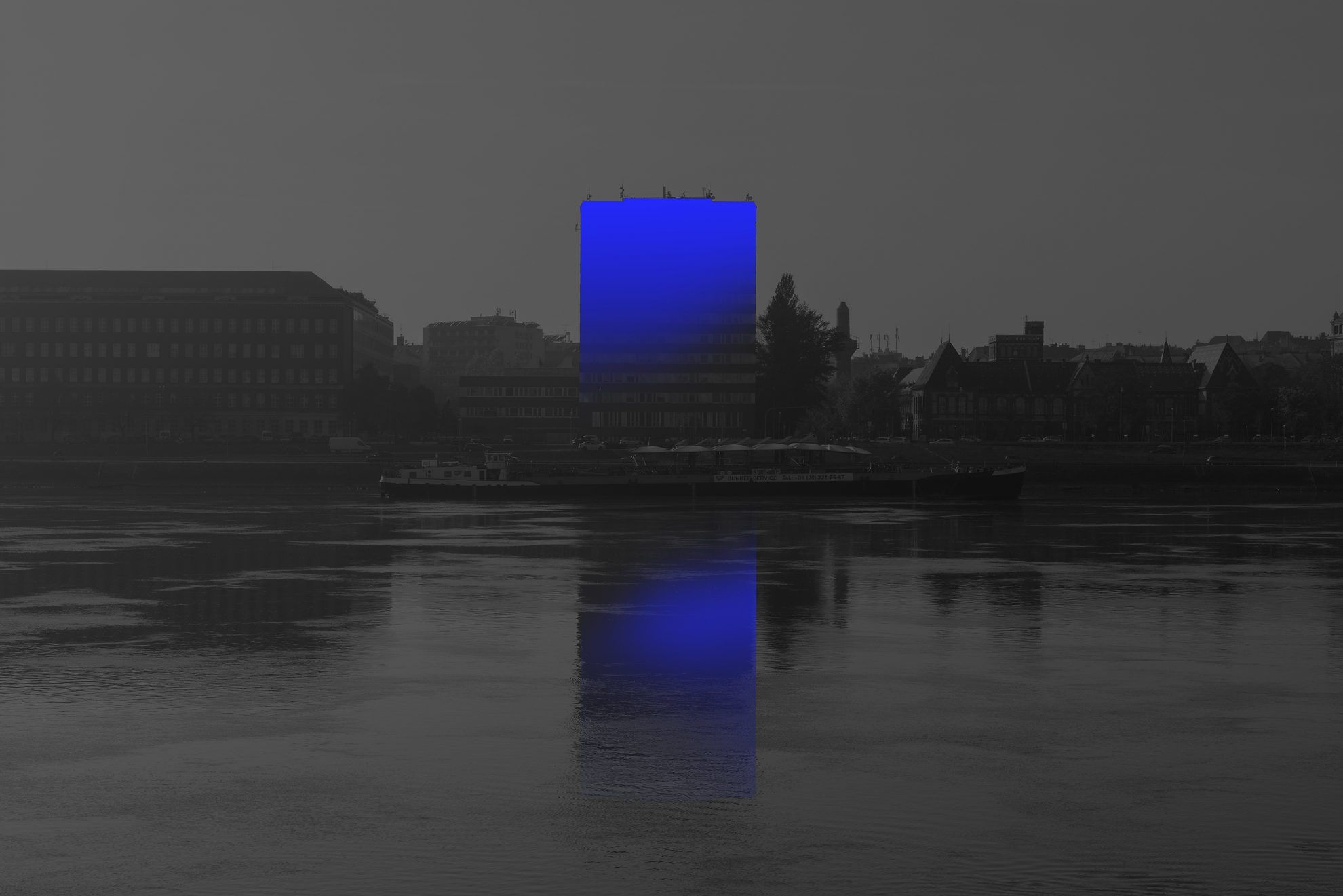
The boundary of the Roman Empire marked by the Danube ran through the central part of today’s Hungary, the former Pannonia. The right side meant the civilized world, while the left meant the foreign land, the terra incognita. Notions of countless river-based cultures revolve around the liminal role of the water. The geographical and, in many ways, intellectual ancestors of the Romans, the celts also believed in being able to get to the Other Side through rivers — this is where the Roman Danube cult originates.
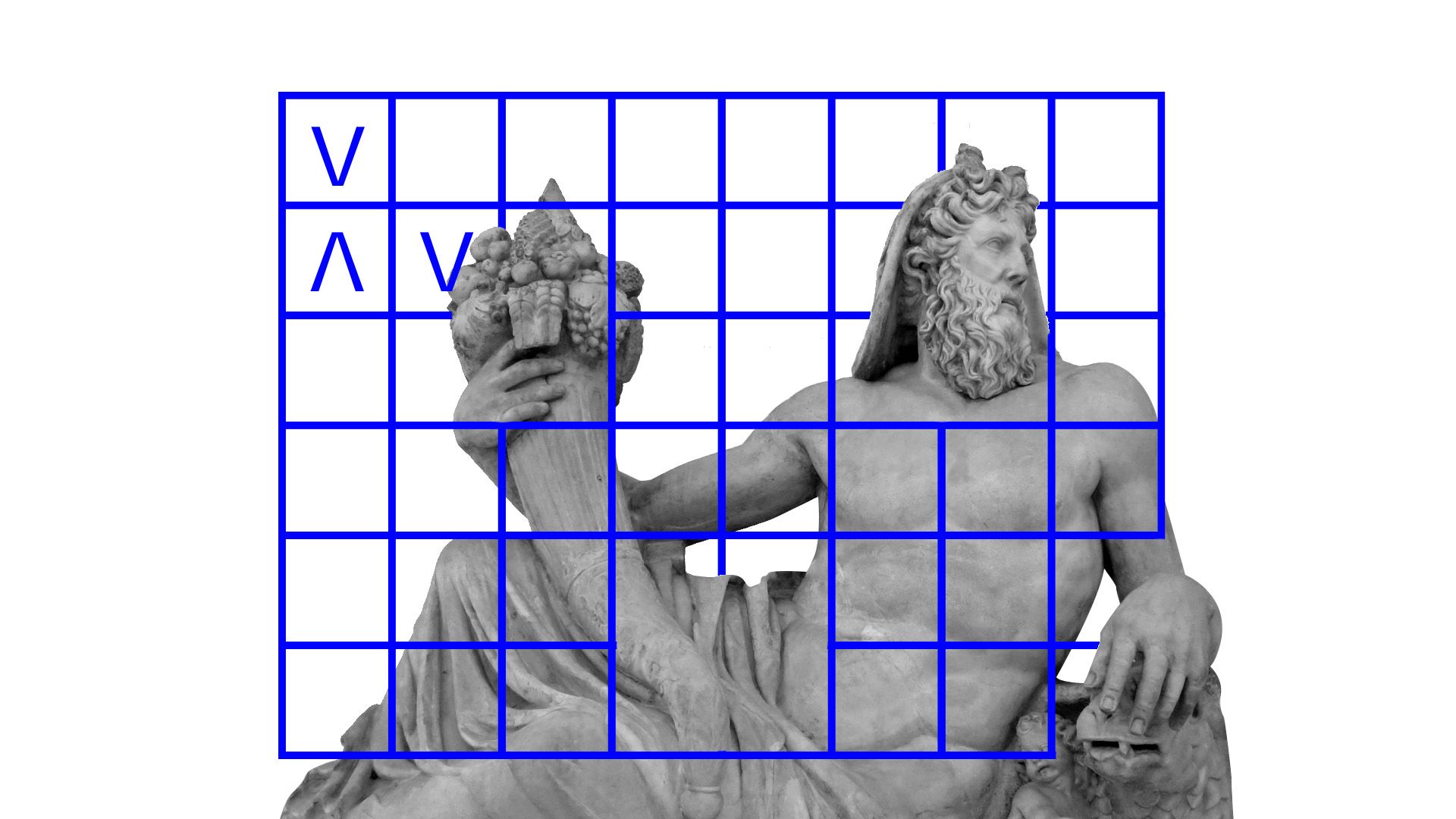
The Gauls worshipped Abnoba as the goddess of the mountains giving home to the source of the Danube (the area today known as the Black Forest), and later on the river itself (universal mythology tends to imagine rivers as female entities). The Danube is the vein and ideological backbone of the Roman Empire connecting people and centers of power. Therefore, the river is a link and a boundary at the same time. In Roman thinking, the Iron Age people’s approach to nature became organically fused together with the continuous act of ruling, forming boundaries in the idea of founding cities. This duality: the city and the river, a unique and paradigmatic fusion, is perhaps the universal basic pattern of human culture.
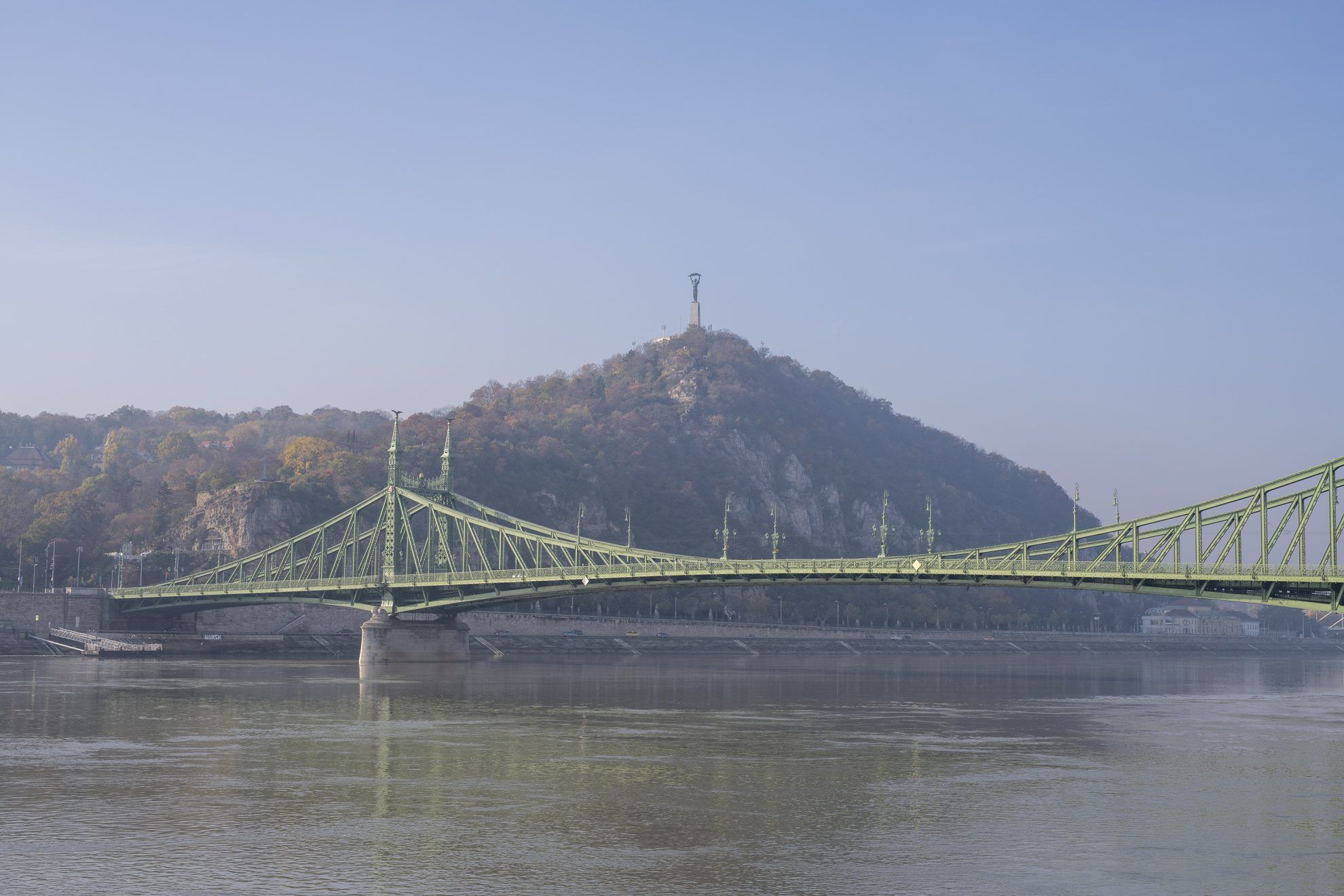
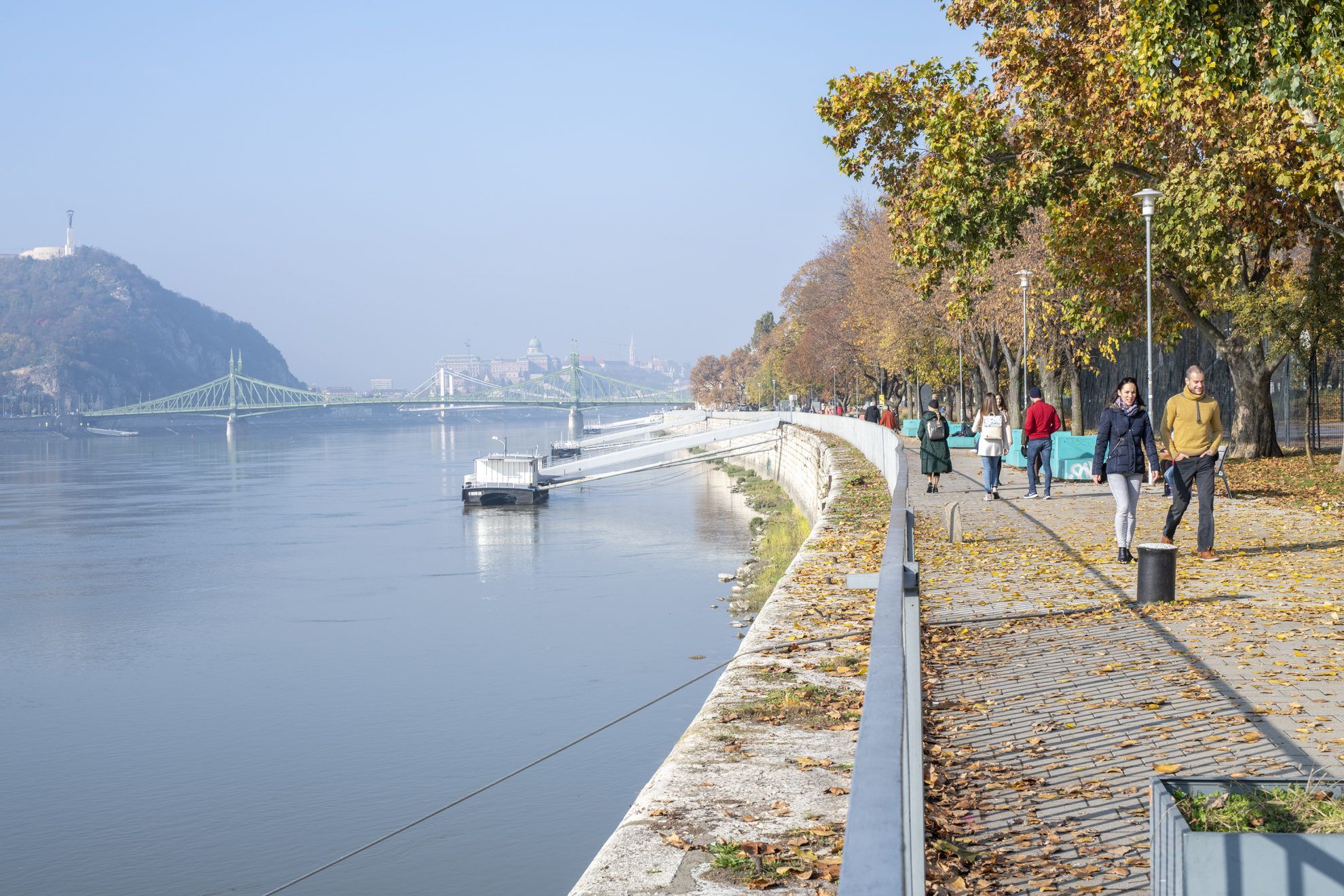
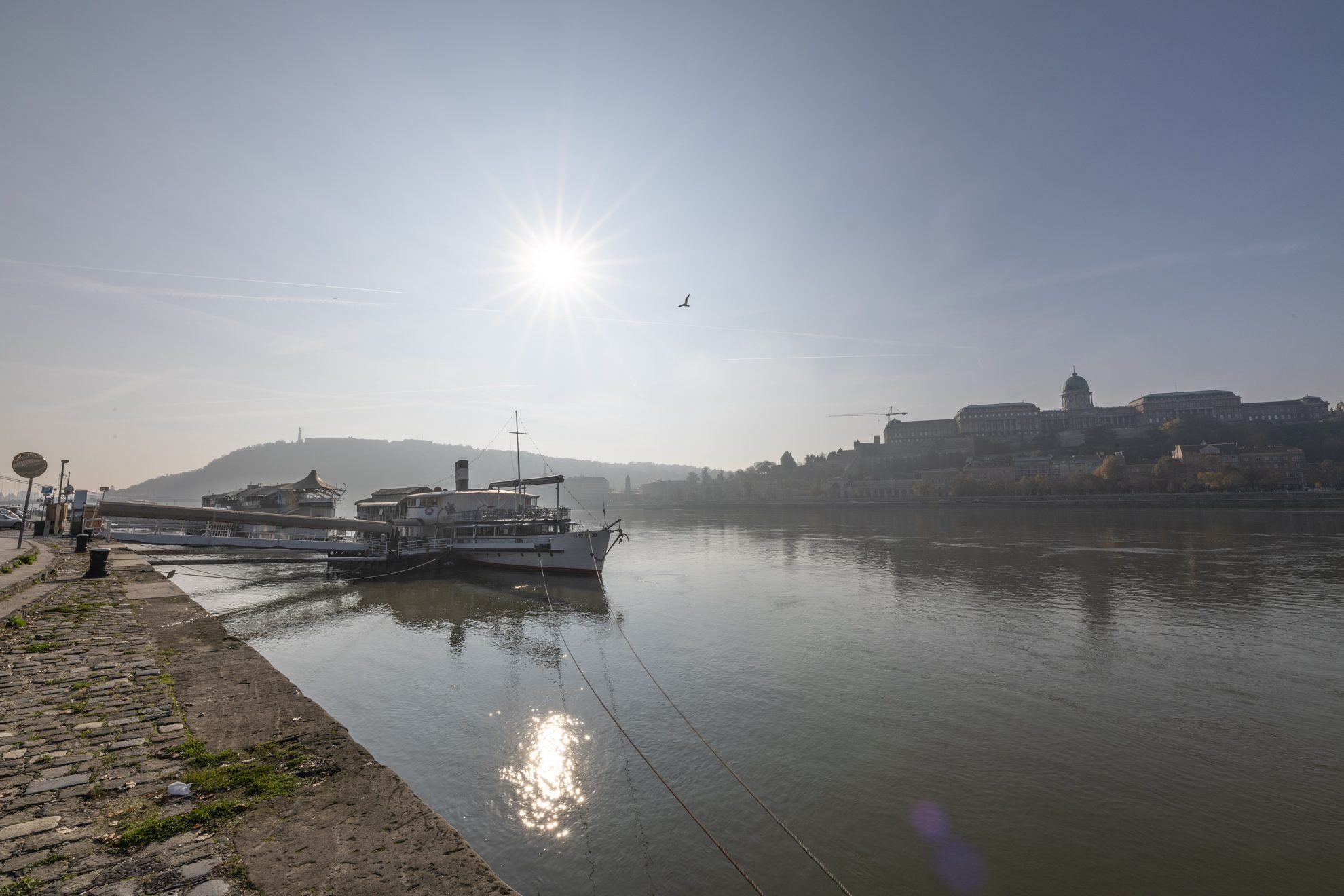
The Danube continues to connect cities and people to this day: linking the communities connected by the Danube in a conceptual, ideologically rooted, yet practical and tourism-related manner also forms part of the EU’s strategy. This is how Bálint Kádár summarizes the DANUrB+ project:
“The EU’s Danube Region strategy connects the regions reaching from the Black Forest to the Black Sea. With the support of the European Commission, the fourteen countries of the region can launch joint projects and actions along the goals set out in the operative program. The DANUrB and DANUrB+ program concentrate on enhancing the opportunities of small and medium sized river towns by utilizing the Danube’s resources and cultural richness.

The main objective of the projects of the multiannual program is the establishment of a comprehensive spatial-cultural network, the European Cultural Promenade, connecting communities along the Danube and unifying them under a brand name as a single tourist destination. It offers thematic routes and development opportunities that could increase the number of visitors, lengthening their time spent in the region and filling it with cultural content.

The project aims to reveal the built and cultural resources of the settlements via the researches of renowned universities of technology. It creates action plans for how to reinterpret currently underused or underutilized architectural and cultural monuments and infrastructures in a transnational context, and how to make them suitable for a novel cultural utilization by also engaging the community. Industrial monuments, the buildings and artefacts built during the communist era may receive special emphasis, but the commercial and defense monuments of previous eras or currently living traditions could also get additional attention. Building on the lessons of the previous project and the DANUrB Strategy prepared in its framework, the DANUrB+ project aims to promote the touristic and entrepreneurial opportunities of the river settlements and microregions of six countries, placing a great emphasis on launching specific heritage-valorizing initiatives.”
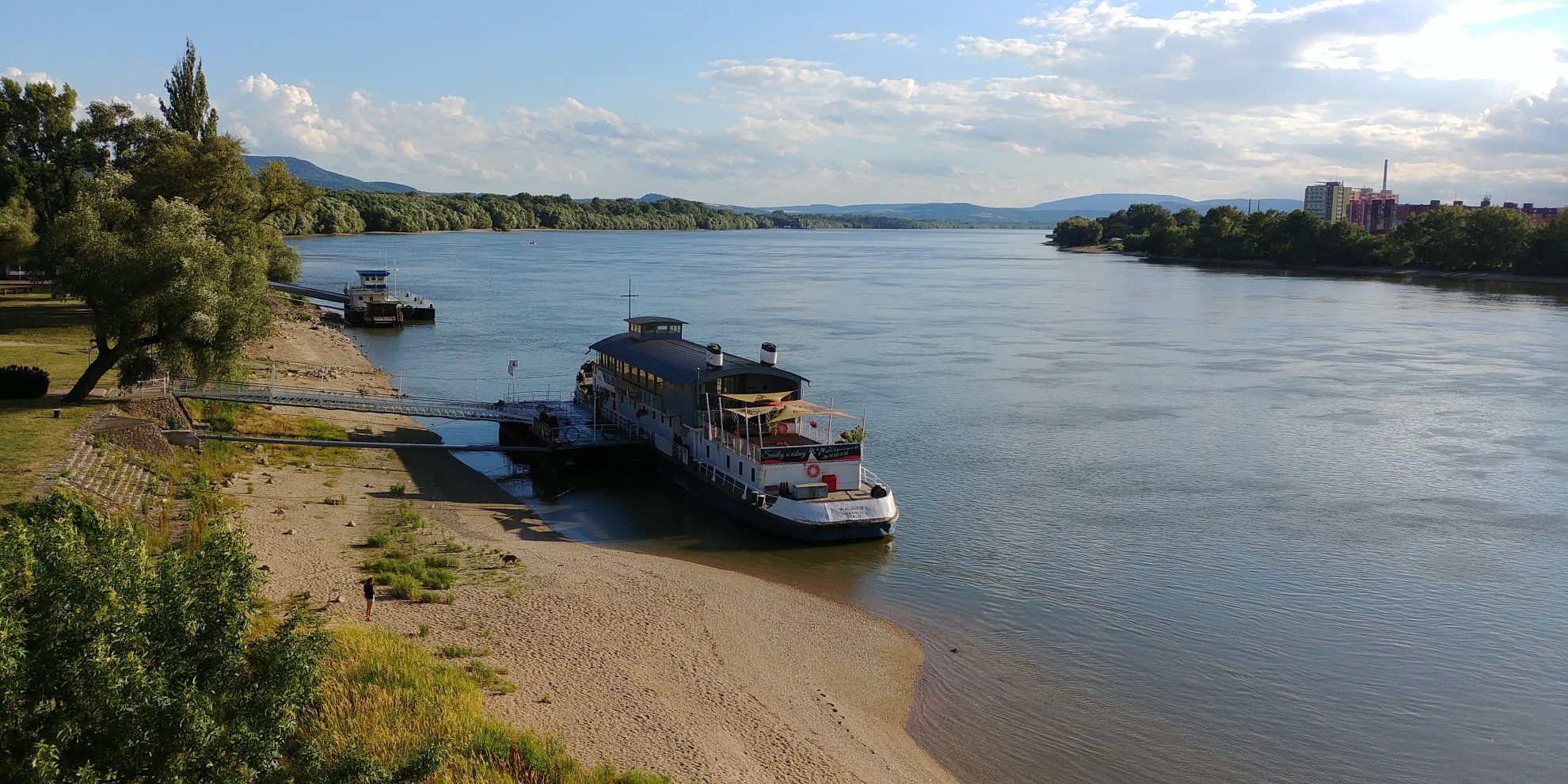
One only realizes the ideological connecting power of the river when they take possession of it by travelling on the same. The public transportation of Budapest was, as a matter of fact, born on the Danube. Gábor Zsigmond summarizes the 200 years of waterway transport in Budapest as follows:
“The 200th anniversary of the public waterway transport in the capital provides a good opportunity to talk about the relationship between Budapest and the Danube. Not many cities get to have anniversaries like this. Two hundred years ago, the first scheduled steamboat line between Pest and Buda started out in front of the building known as Vigadó today. Antal Bernhard’s steamer Carolina opened a new chapter in Hungarian transportation history. Steamboating on the Danube and the public transportation of the capital were born at the same time. Such a structure caused a big sensation in 1820, not long after the invention of steam engines.
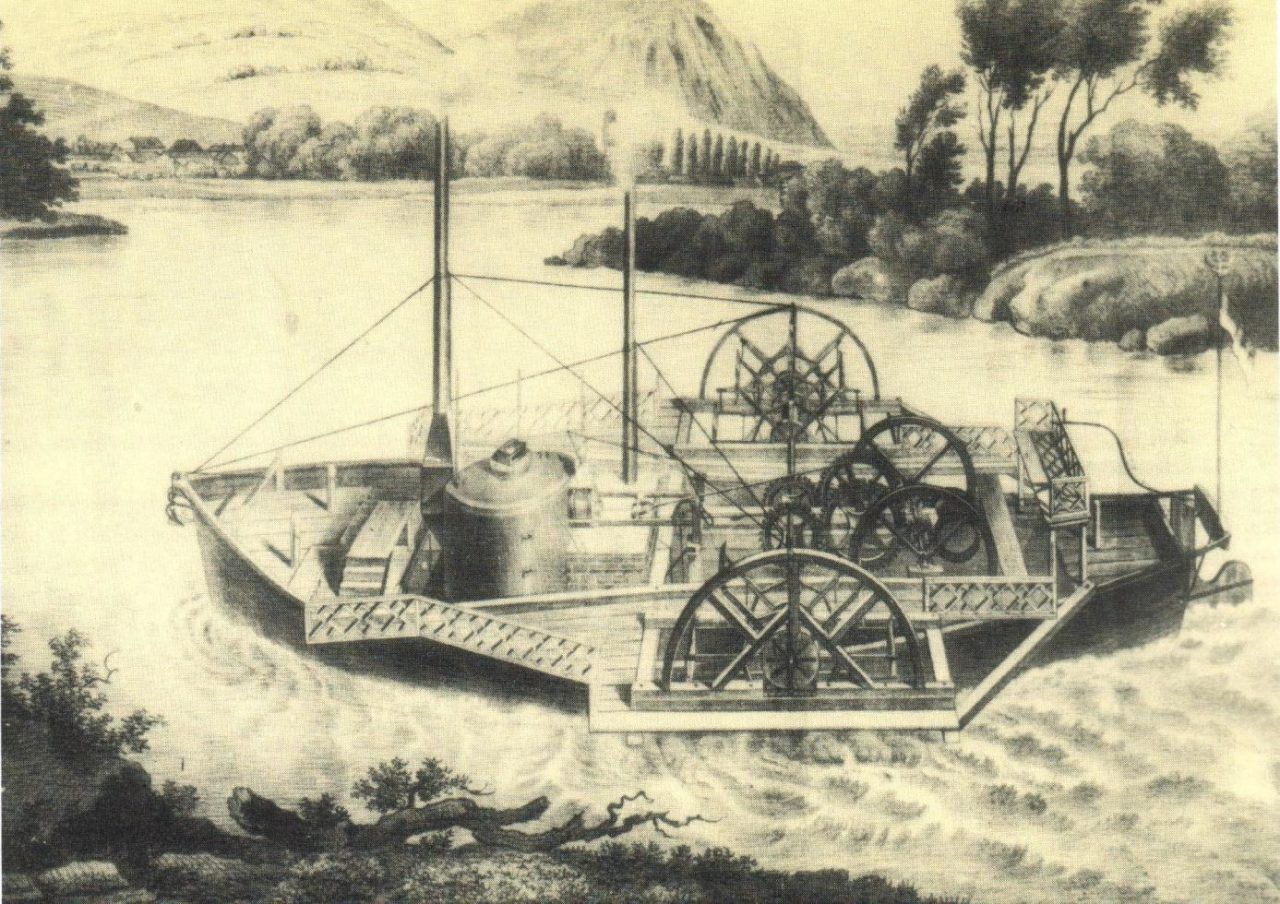
With a few gaps, this form of waterway transport has continued to operate in the city to this day. In times of peace, millions of passengers used the service each year. In many places, the boats replaced bridges, and thus had a prominent role in daily traffic, especially in carrying workers on their way to factories in the morning. The touristic character became prevalent between the two world wars, previously the trips to Margaret Island were for recreation purposes mainly. At that time, the old steamboats made before World War I were puffing on the section of the Danube crossing the Hungarian capital. After the siege of Budapest, due to the explosion of the bridges, the boats gained a particularly important role, even if they were already fairly old and slow at the time.
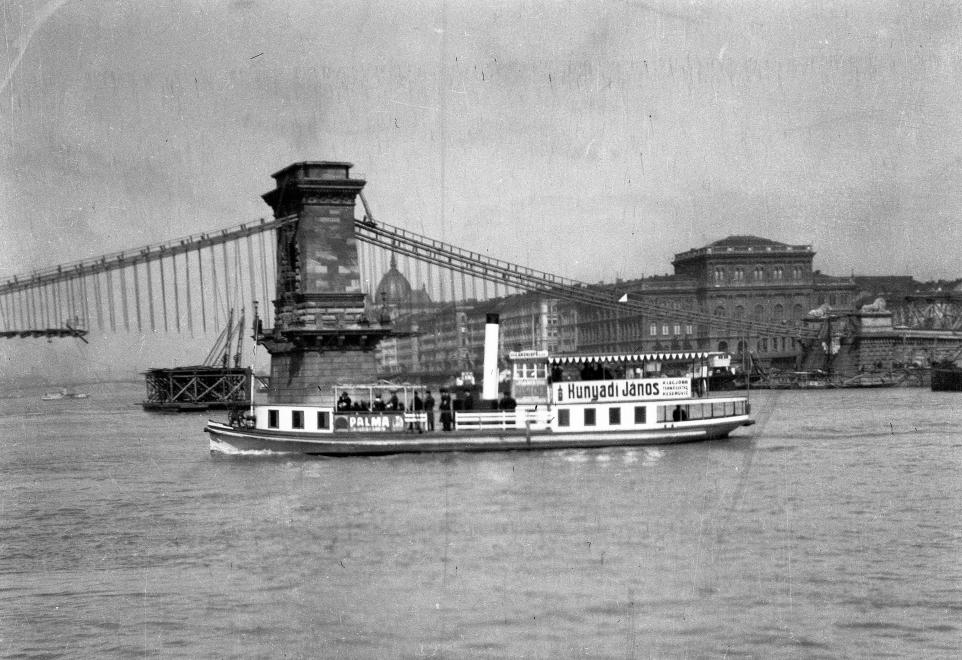
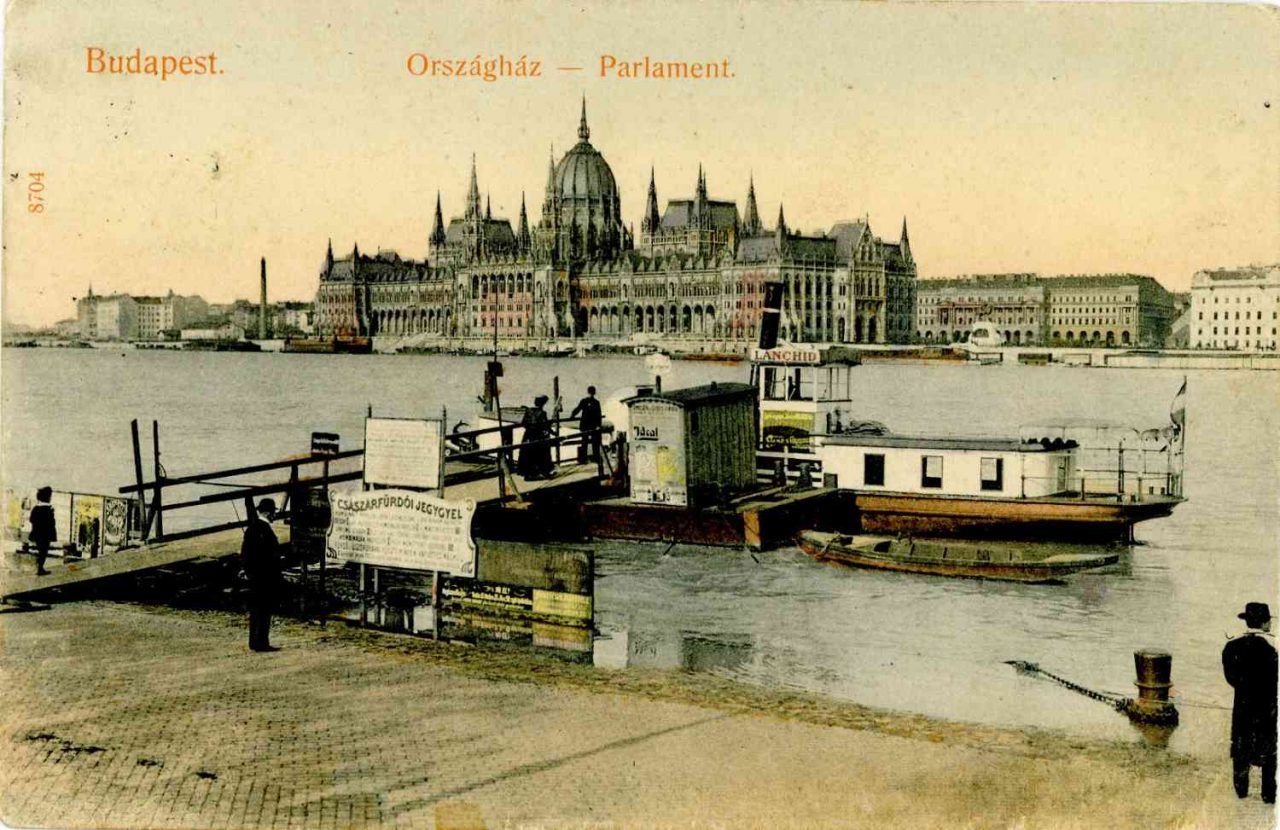
The complete reorganization of waterway transport in Budapest only started in the 1950s, and then it was BKV (Budapesti Közlekedési Vállalat, Budapest Transportation Company) established in 1968 that started to handle it truly as an integral part of public transportation, at least on an organizational level. Two to three millions of passengers used the company’s small boats every year, even though to be fair the tickets cost almost a symbolic amount. In addition to the few worker lines and bridge-replacing lines in the outskirts, the majority of the traffic was provided by the boat lines to Margaret Island. These boats were only full during the weekends, but at that times passengers were standing in long lines to get on a boat. Due to the shrinking state involvement the majority of the boat lines were terminated after the regime change. BKV first outsourced the activity to another, smaller company, then started to handle it as part of the community transportation system of the city both in terms of passenger information and the organization of the service. The boats, however, have long needed to be replaced, and in the past two hundred years, the relationship between the Danube and the capital as well as its citizens has also transformed. The building of quays and flood control facilities as well as replacing the quay previously giving home to markets or baths with virtually a motorway completely reshaped the relations of the river and the city. Thus most of the problems come from the past, but we have a lot to learn from and talk about.”
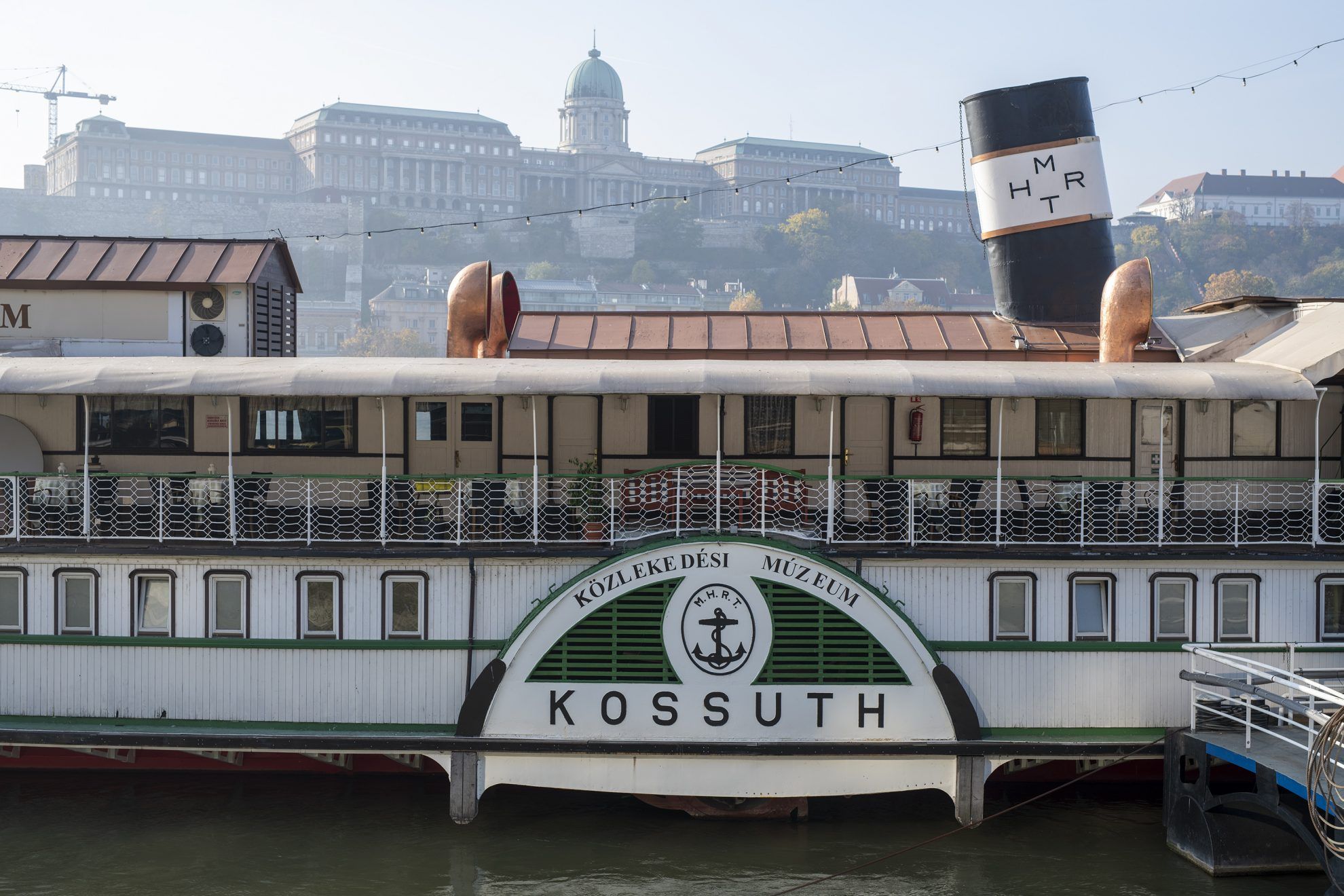
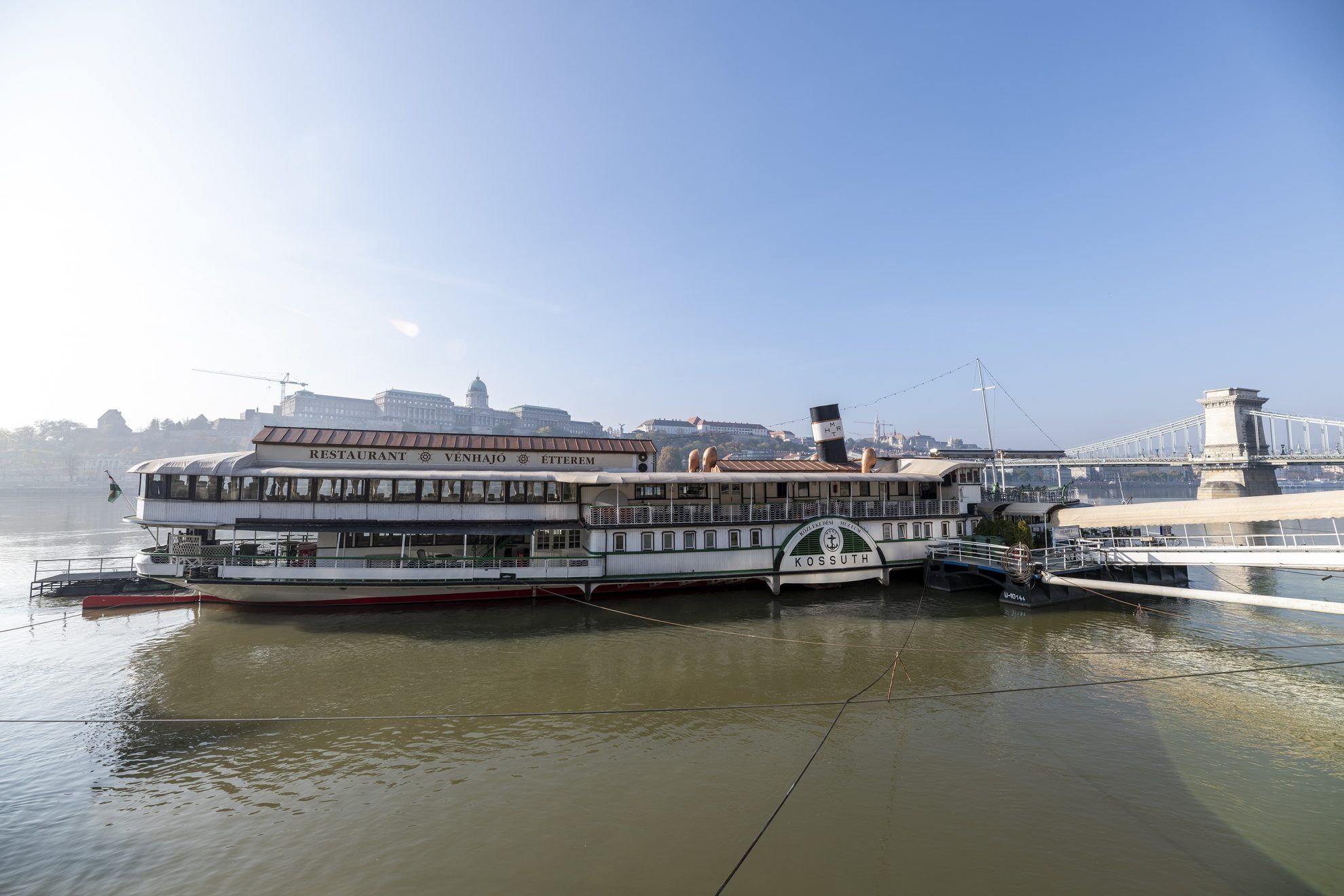
You can attend Urbanum Podium’s first event titled Urban Flow on November 20 online. Follow the event’s Facebook page for more information!
In our article series, the founders of Urbanum as well as the experts participating in the initiative discuss the topics concerning and influencing the city in the form of interviews, case studies and short opinions.
Urbanum | Web | Facebook | Instagram

The world in 2120, on cards

Robot inspects use of masks










